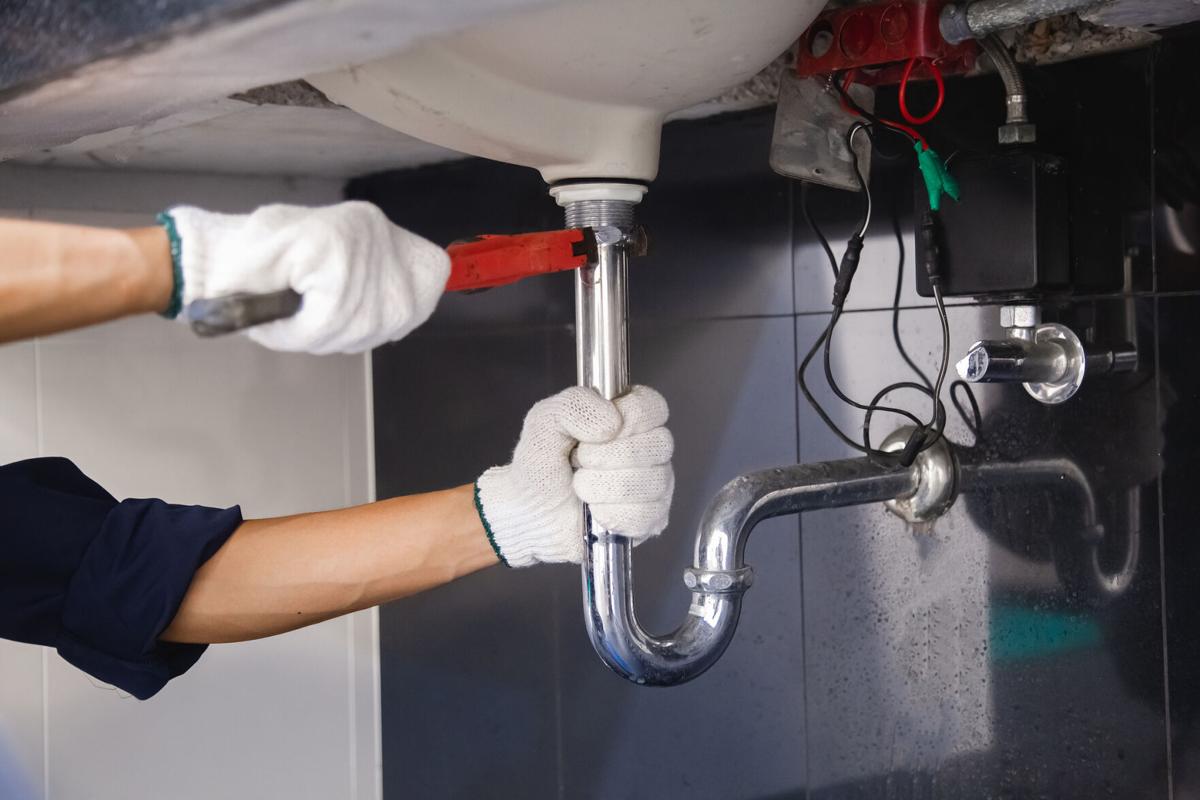Last week we looked at the beginning stages of a DIY project. This week we will discuss what the initial steps of a hybrid DIY look like.
First, when Rosie talks about a hybrid project, he is referring to a DIY project that would include a professional for parts of the project you may not feel comfortable taking on yourself.
Precautions
As mentioned in our previous DIY article, under “precautions,” it is important to assess the DIY project in detail and realistically scrutinize your skill set.
Having completed that heart-wrenching, soul-searching, and often humbling task, you have realized the gaps in your skill set(s). Take that knowledge and identify the trade partners you will need as you complete your planning process. You should also be aware of the several coaching services available, such as a general contractor willing to guide you when you have questions.
Typically, DIY homeowners reach out to HVAC, electrical and plumbing professionals to help complete the skill sets some of us do not have. Be sure to reach out to all of the trades in your project such as drywall, painting, flooring and others for guidance.
That said, don’t assume that all contractors are willing to “split” the work. For instance, some plumbers or flooring contractors will not install fixtures or other materials that the homeowner has purchased. There could be warranty issues if you purchase and they install it, or vice versa. Get that clarified before purchasing anything.
Planning
We strongly recommend contacting your local building department during the planning phase of your project. They will help you determine whether permits and inspections are needed. You may need help applying for and obtaining the necessary permits your project might require. Knowing this ahead of time will also aid you in determining which partners you may need to include.
Selection
Having identified the tasks, you will need to engage a professional to complete them. This is where Rosie On The House can provide significant support. Rosie’s free homeowner and DIY resources (rosieonthehouse.com) are here for the sole purpose of helping you.
Rosie’s in-depth screening process saves you time and effort in conducting this often-cumbersome task. Rosie’s certified partners are ready, willing and able to help you round out the skill sets necessary to complete your DIY project.
Once you have looked at the certified partners’ websites, you can contact them and set up an interview. Yup, an interview. Because you will be working closely with whomever you select, you need to ensure the relationship and personalities will mesh. Neither of you wants an unpleasant experience to get in the way of completing a great project.
Rosie has countless DIY articles and blogs on its website to assist you.
Contract
Once you select the professionals, (check out at least two or three partners) get the specifics on the roles and scope of work they will play. The partner should help you refine this, as the wording of the scope often becomes the basis of an estimate and, ultimately the contract. Collect the estimates and discuss scheduling as part of the estimate or proposal. That will be critical, especially in our current work environment.
Scheduling
This step will begin with mapping out your commitment to a timeframe. Think about how you want to work on your project and how many hours a week you plan to invest. Rosie cautions us to be realistic. The “I am going to commit all my evenings during the week and all my weekends,” is probably not going to work.
There will be days that you are just too tired after work or have commitments on the weekends, such as the kids’ activities. Give yourself some leeway. Build in time for your family and yourself.
Once you have developed a tentative schedule, map it on a calendar. Put pencil to paper, or nowadays, fingers to a keyboard. You might think about doing this just before selecting the partner you choose to work with.
During the contract process, discuss your time frame and see if their schedule can dovetail with yours, or if changes need to be made. This process will go a long way to developing a working relationship with the professional and yield a realistic framework you can move forward into.
Communication
Start the project. As you progress, take time to reassess your schedule. If you need more time to complete a task, you must inform the professional. Communication is crucial. You will get the time you need, and the professional(s) you have engaged will have time to adjust their work schedules.
Give as much notice as you can before the original date agreed upon. This courtesy will go a long way to establishing a good working relationship.
Remember, if you have a question, call Rosie and Romey on Saturdays between 8 a.m. and 11 a.m. and ask it during the live broadcast. Chances are, someone else has the same question. Call us at 1-888-Rosie-4-U (1-888-767-4348).





